Establishing the Hagenbuch Homestead
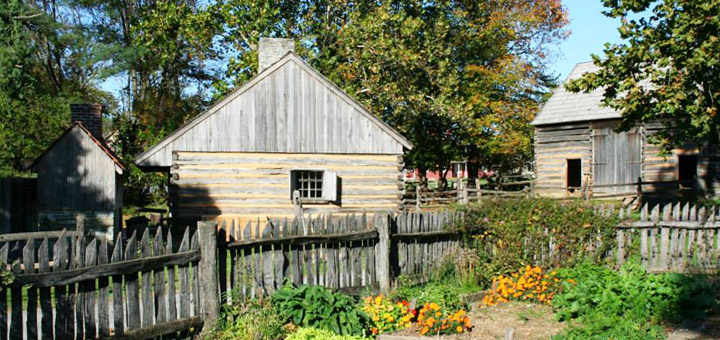
Having arrived in Pennsylvania in 1737, Andreas Hagenbuch, his wife Maria Magdalena, and their two children settled in Berks County in 1738. There, they acquired a land warrant for a 200 acre parcel in an area called the Allemangel. Today, part of this region is known as Albany Township.
However, their stay on the 200 acre parcel was temporary. By 1741 the Hagenbuchs had moved a half of a mile west. On November 4, 1741 Andreas received a new land warrant for 150.5 acres, though the survey of the parcel would not be completed until November 22, 1765.
It is worth noting that the surveyor of the land was James Scull. James was the son of Nicholas Scull II, who had surveyed the Hagenbuch’s 1738 parcel. The Scull family made a business of surveying. Their names can be found on many surveys completed in this region of Pennsylvania during the mid-18th century.
Also, by the time the survey was completed in 1765, Berks County and Albany Township had finally been established. These are both mentioned on the survey. At the time of the original land warrant in 1741, the parcel was still within Philadelphia County. The survey makes this clear as well. All of this demonstrates the rapid expansion and development of the Pennsylvania colony.
On the 1741 parcel, Andreas Hagenbuch would finally establish a permanent homestead in the Americas. The survey corroborates this by referring to it as the “Home Tract.” Here, he would build a home, raise a family, and live out the rest of his life. This land represented the end to what had been a 4000 mile journey from civilized Europe to the wild Pennsylvania frontier.
The homestead land had several advantages for the Hagenbuch family. First, there were two, small creeks on the property which provided the family with surface water for irrigation and livestock. Second, while the land has some elevation, much of it is level. Only the southern end of the property has substantial hills. Finally, the southwest corner of the property was near an important route through the Allemangel. Today, this road is known as the Old Philly Pike.
After acquiring the land and erecting a temporary shelter, Andreas Hagenbuch and his family faced the difficult task of developing it. The property would have been covered with dense, old growth forests. Clearing these was of critical importance to settlers whose livelihoods depended upon farming. Lumber was needed to construct a house and a barn, while crops required fields and livestock needed pastures.
According to John C. Miller, settlers used different methods for clearing land. For many English, the common practice was to girdle and strip trees of their bark. The trees would then die and begin to rot. This made them easier to remove. Germans, on the other hand, used a more intensive process. They cut down the live trees, burned what couldn’t be used, and dug out the stumps whenever possible. While this took more work, the resulting land was free from obstructions and easier to farm.
It’s difficult to imagine the staggering amount of time it took to cut a swath out of the wilderness and establish a homestead. However, we do have at least one insight into this immense undertaking. In some places, 18th century tax assessors noted the acreage of wooded and cleared land on a property. John Heil, a settler in Moore Township, Northampton County, cleared his land at an average rate of four acres per year. At this rate, it would have taken Andreas Hagenbuch nearly 35 years to fully clear his 150 acre parcel!
In 1851, Michael, the great grandson of Andreas, built a beautiful stone farmhouse on the homestead property. Today this building is still standing. That said, it’s important to remember that the original house would have been a simple, log structure. Glass was a luxury, meaning that windows would have been small and few. Unlike homes built by the English, German log houses featured a central chimney and stove when possible.
While the Allemangel was sparsely populated in mid-18th century, the Hagenbuchs were not alone in the region. The survey of the 1741 homestead property notes two neighbors: Adam Trum (Trump) and Tobias Stapleton. Both of these names would crop up again in the history of the Hagenbuch family.
Significant distances separated neighbors. The Hagenbuch’s property was about 2270 feet wide – close to half a mile. Many of the adjoining parcels were at least this wide. In other words, if homes were near the center of their parcels, neighbors would have needed to walk a good half mile to visit with one another. Forests would have made this distance seem even further.
Andreas Hagenbuch spent the rest of his life on the homestead and was buried there in 1785. He and his family added additional lands to it, eventually growing their holdings to over 300 acres. This land stretched from the rolling lowlands of the Allemangel to the forested ridge of the Blue Mountains.
The Hagenbuch homestead would remain in the family until the mid-1850s. During this time, it passed first from Andreas to his son Michael born 1746, then to Michael’s son Jacob born 1777, and finally to Jacob’s son Michael born 1805. When Michael died in 1855 at the age of 49, his wife Abigail and their children were unable to care for the property. The homestead had to be sold out of the family.
The Hagenbuch homestead has had a lasting impact on the family. Nearly all Hagenbuchs living in the United States can trace their roots back to this rural property in Albany Township, Berks County. Even today, almost 300 years since Andreas arrived in America, a large number of Hagenbuch families live in central and eastern Pennsylvania.
In future articles in this series, we will look at the struggles the Hagenbuchs faced in the Allemangel as well as the family’s growth and prosperity.

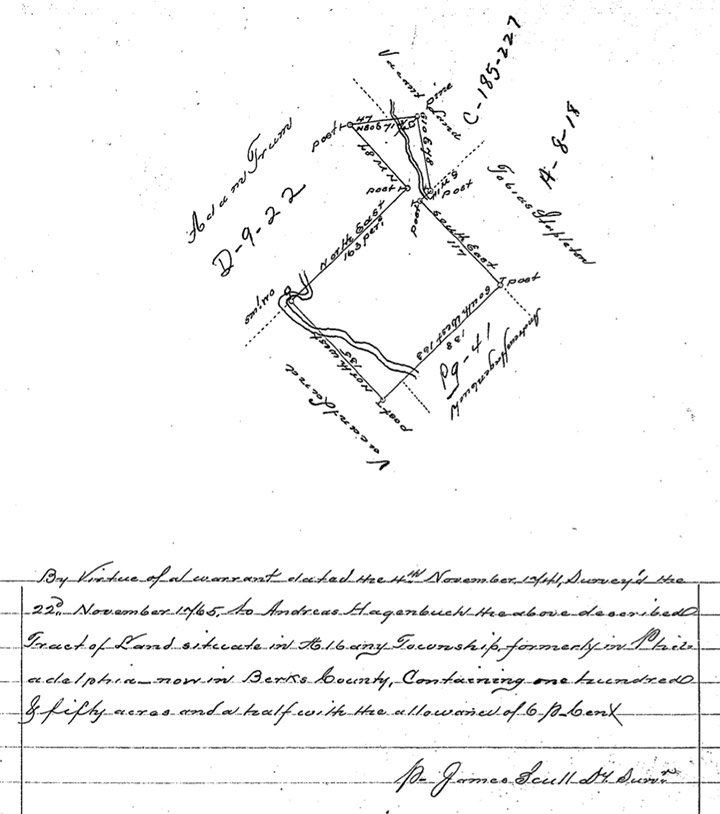
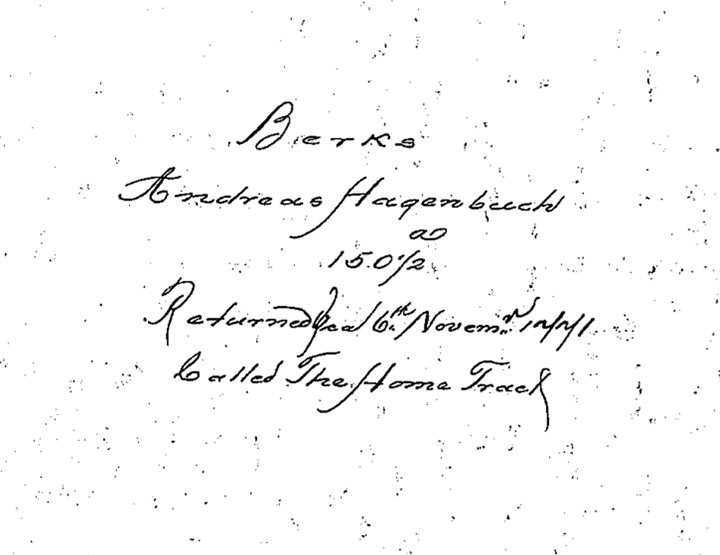
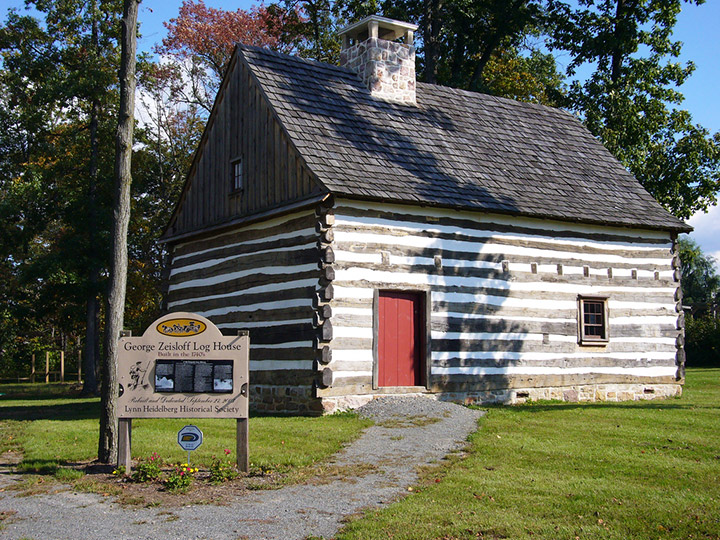
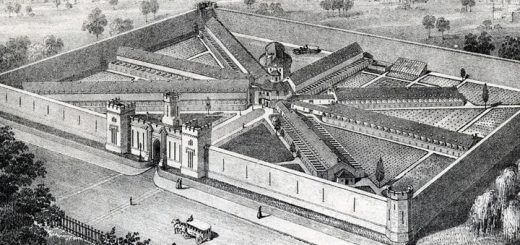
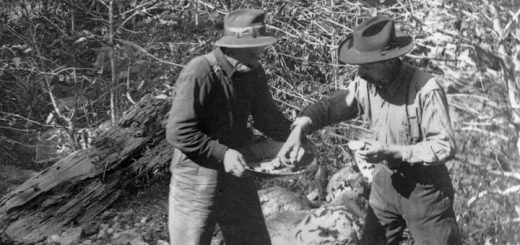














I, too, am a descendant of Andreas Hagenbuch – seventh generation – grow up in eastern Pennsylvania and now live in Cathedral City, CA.
Andreas and his wife were my 6th great-grandparents.
Thank you for creating this website for their descendants.
This was so fun to find and read! It’s so nice to see the history preserved and cherished.
Tobias Stapleton, who is mentioned above, is my 7th great grandfather. My research shows him married to Anna Barbara Hagenbuch.
Hi Christina. Nice to hear from you! We wrote an article which touches upon why the long circulated idea that Anna Barbara Hagenbuch was married to Tobias is likely not correct: https://www.hagenbuch.org/anna-barbara-hagenbuch-rethinking-andreass-children/ There were Hagenbuchs, though, that did marry into the Stapleton line. You can explore a few of those records here: https://beechroots.com/person/search?PersonSearch%5Bfull_name%5D=stapleton
Hi Andrew, it’s great to hear from you and so quickly!
I can’t wait to read your article.
I actually did have her father as Hans Michael, born in Germany, then wondered if that was actually wrong when I read your page.
Thank you so much
for the links and the information!
Hello. My name is Robert Hagenbaugh and I have been completing my family tree on ancestry.com. Andreas is my 7th great grandfather. I live in North East Pennsylvania (Gouldsboro, PA) pocono mountains. I was born and raised in Hanover Township, PA. This is a great website.
Hi Robert. Great to meet you, and I am happy you found our site! Based upon your spelling of the last name and location in PA, it seems like you might be within this family group somewhere? https://www.hagenbuch.org/making-sense-christian-hagenbuchs-family/ If you send us a message via the Contact page https://www.hagenbuch.org/contact-us/ we can chat more. I’d like to learn more about your family line back to our common ancestor, Andreas (b. 1715) and place you on our family tree!